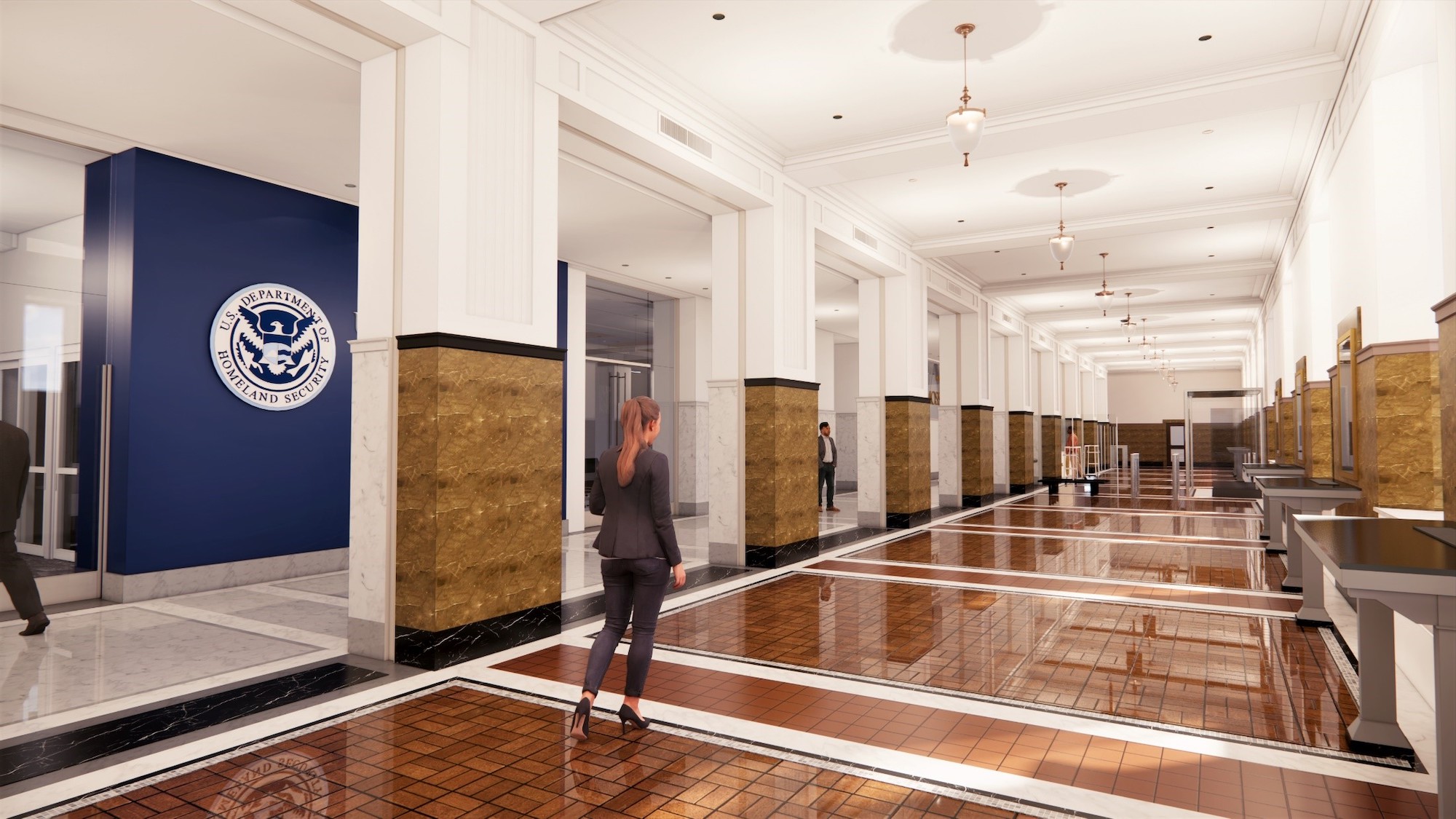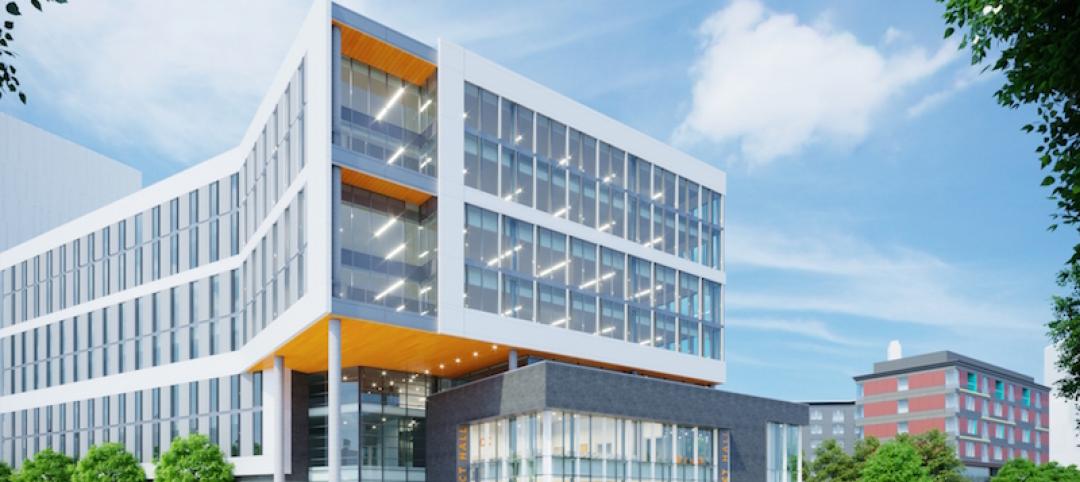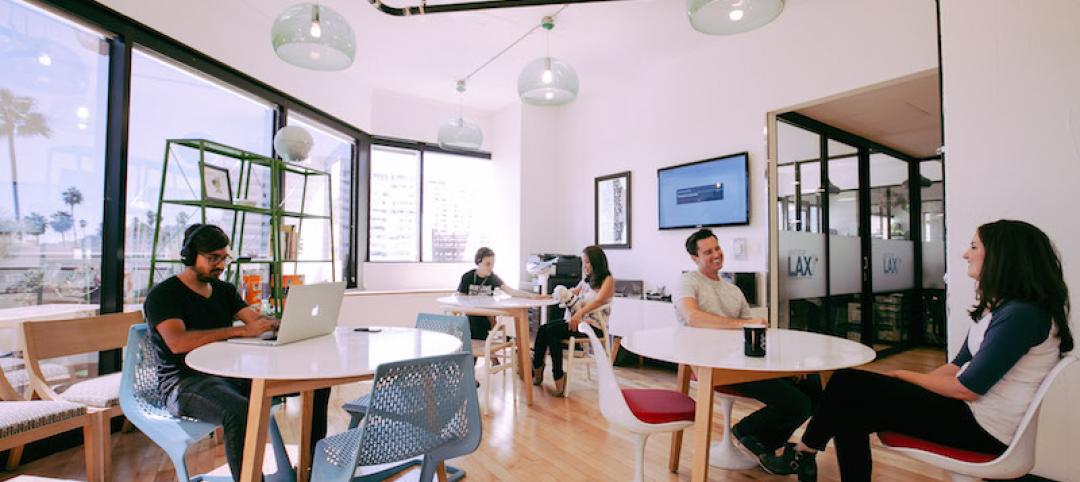In downtown Salt Lake City, the Frank E. Moss U.S. Courthouse is being transformed into a modern workplace for about a dozen federal agencies. By providing offices for agencies previously housed elsewhere, the adaptive reuse project is expected to realize an annual savings for the federal government of up to $6 million in lease costs.
Built in 1905 as a federal courthouse and post office, the building underwent renovations and expansions in 1912 and 1932. By 2020, the building sat largely vacant. Its unreinforced masonry construction and its proximity to the Wasatch Fault made it the most at-risk building in the U.S. General Services Administration’s entire portfolio, according to a statement from HOK.
The design by HOK and Trivers Associates restores the building’s terrazzo, marbled lobbies and corridors, and wood-paneled courtrooms to their original quality. The project team is working both to preserve the building and to create a “building within a building” that meets the latest federal earthquake risk management standards.
The seismic upgrades include reinforced concrete shear walls and thousands of epoxy dowels added to the existing masonry walls, as well as new foundations and steel collector elements below each floor to tie the original building with two additions.
Costing a reported $116 million, the 250,000-sf project also will provide the latest workplace technology and amenities, including breakout rooms, lounges, and cultural galleries. Wellness features include indoor bicycle parking, showers, and lactation and wellbeing rooms on every floor.
The building, which is targeting LEED Gold certification, will use 50% less energy and 30% less water than a similarly sized building, and it will reduce embodied carbon by 59% compared to a new replacement building. A chilled-beam heating/cooling system will reduce airborne particulates, improve efficiency, and lower carbon emissions.
On the Building Team:
Owner: U.S. General Services Administration
Design architect and architect of record: HOK
Historic architect: Trivers Associates
MEP/FP engineer: HOK, Spectrum Engineers, Henderson Engineers
Structural engineer: HOK, SGH, Dunn Associates
Construction: Big D, Jacobs

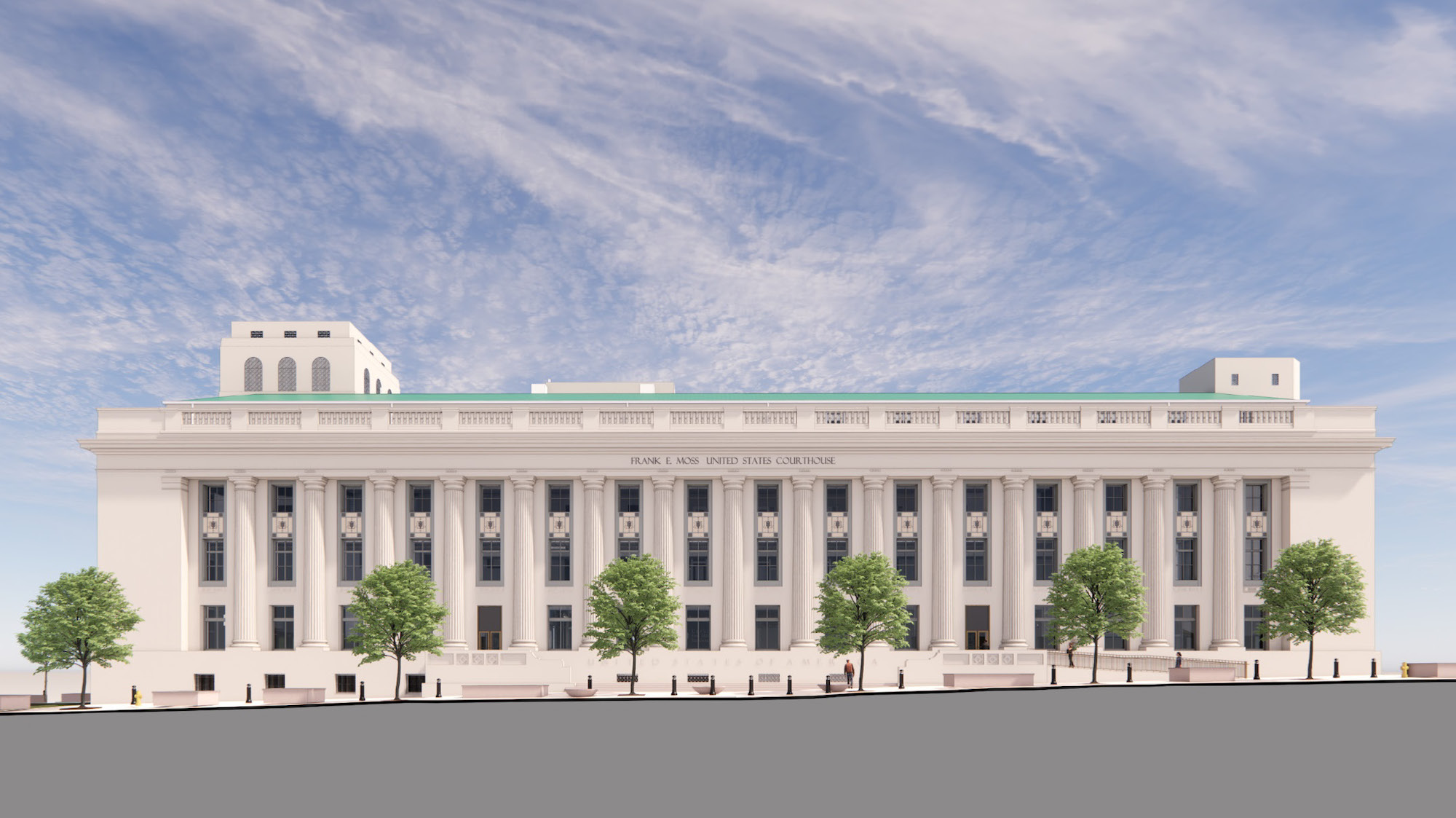
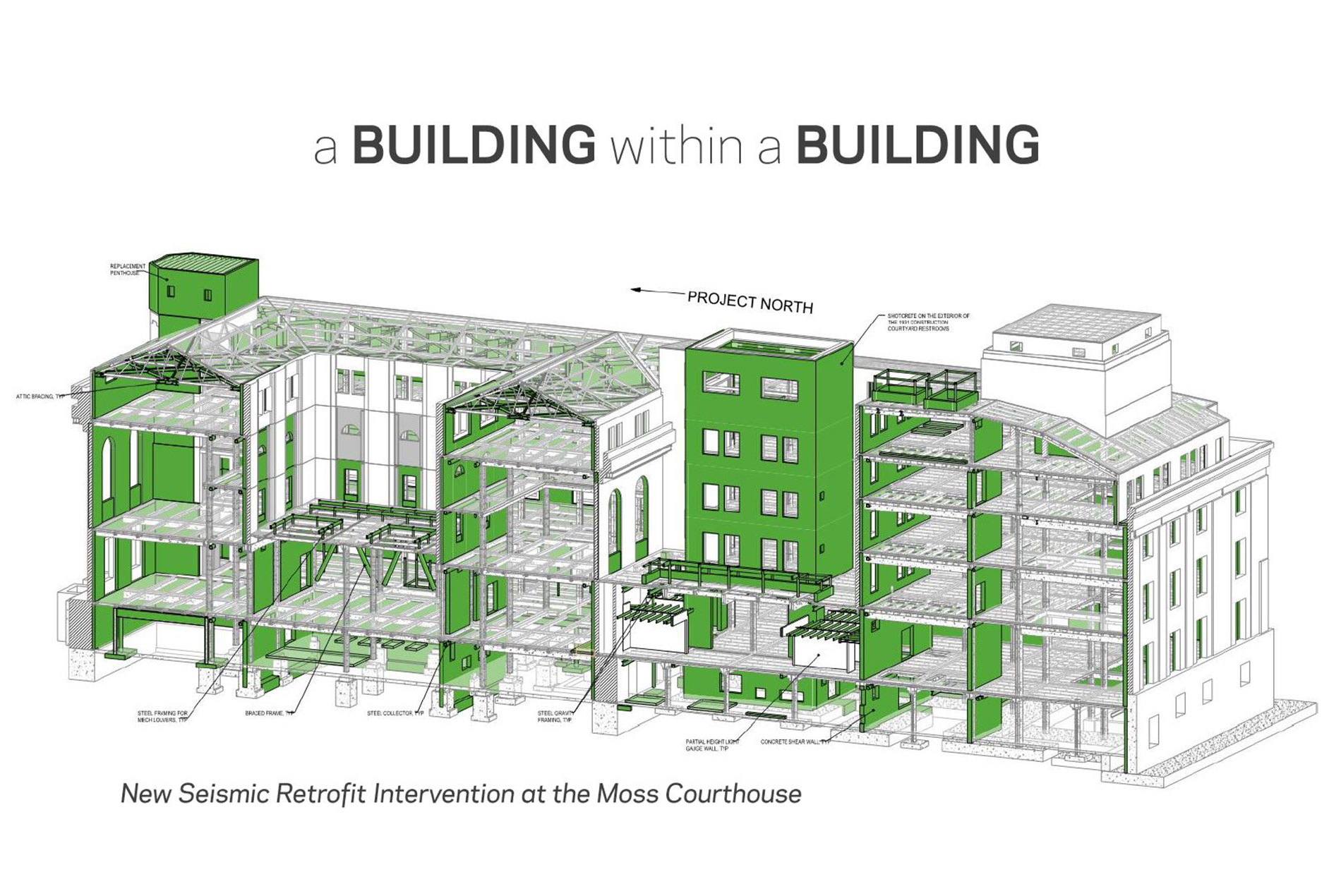
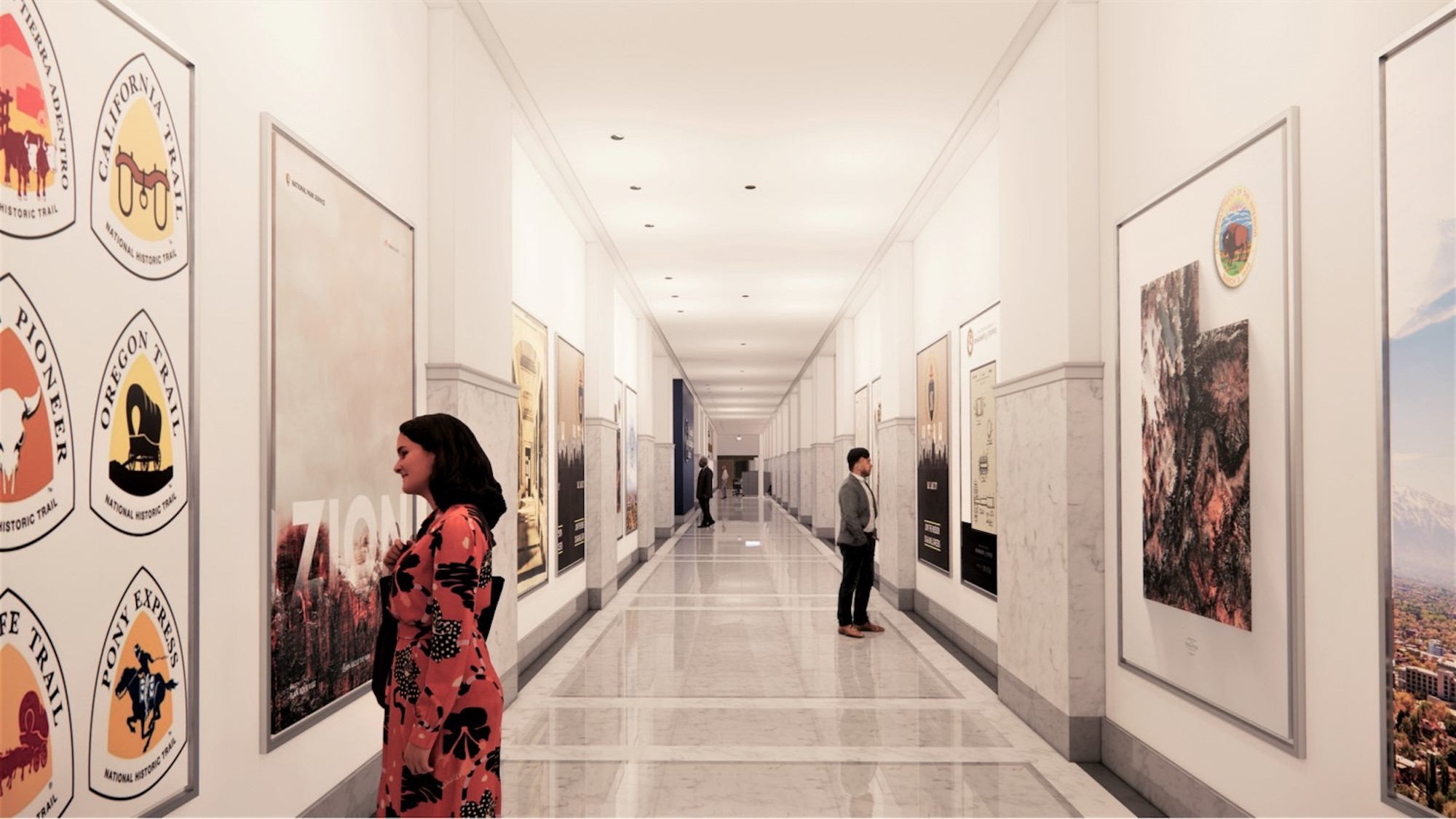
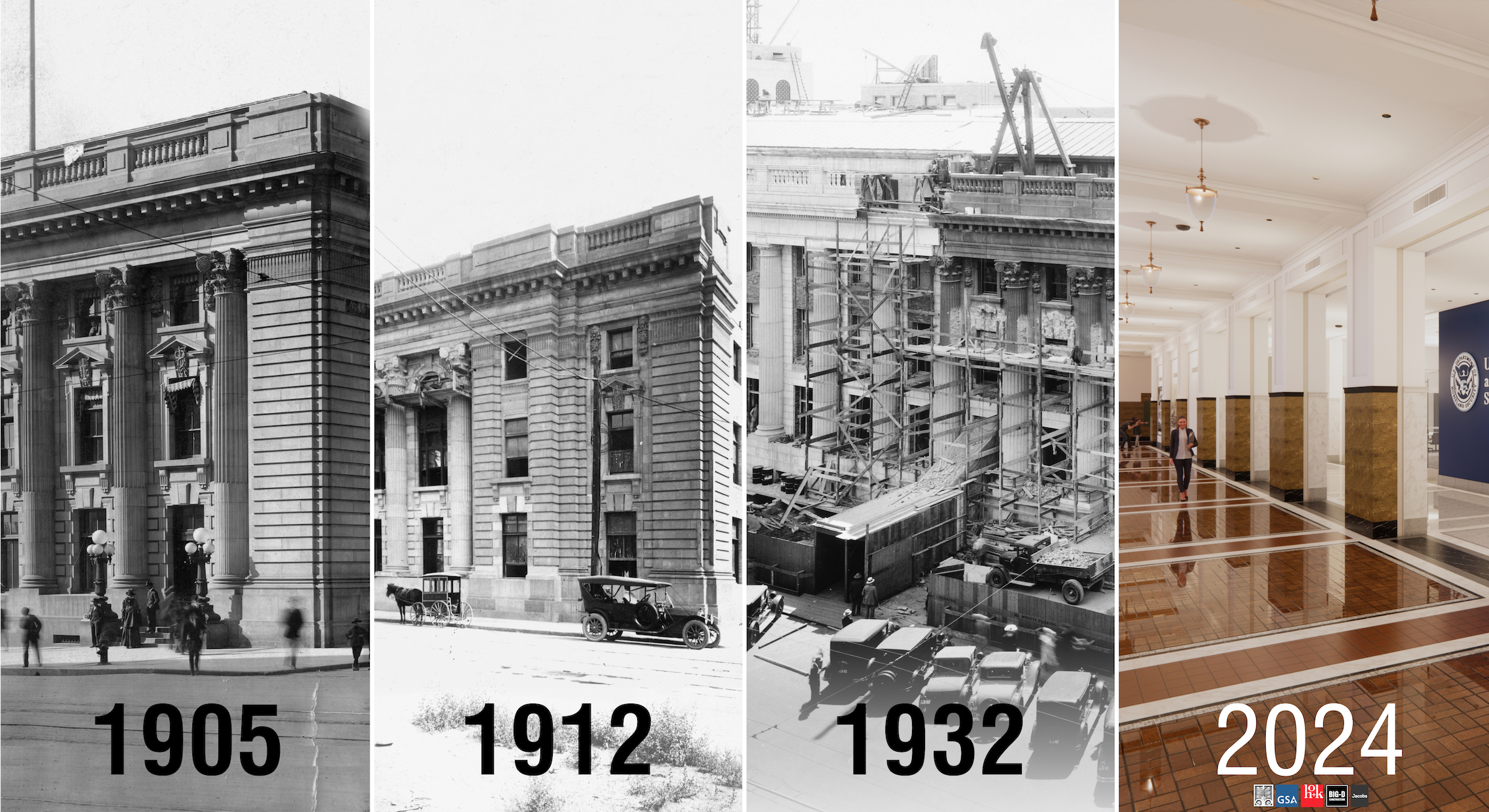
Related Stories
Multifamily Housing | Feb 27, 2018
Victorian era gasholders become modern residences in London
The new residences are part of the King’s Cross redevelopment scheme.
Education Facilities | Jan 8, 2018
Three former school buildings are repurposed to create mini-campus for teacher education
The $25.3 million project is currently under construction on the Winona State University campus.
Adaptive Reuse | Jan 4, 2018
Student housing development on Chapman University campus includes adaptive reuse of 1918 packing house
The Packing House was originally built for the Santiago Orange Growers Association.
Adaptive Reuse | Dec 11, 2017
Detroit's economic improvement a boon to its hotel sector
Detroit Foundation, a stylish boutique hotel, is the Motor City’s newest hospitality venue.
Adaptive Reuse | Nov 29, 2017
‘Eat-ertainment’ establishment grants abandoned air traffic control building a second life
The concept’s design reflects the golden age of flight.
Adaptive Reuse | Nov 10, 2017
Austin’s first indoor shopping mall becomes Austin Community College’s new digital media center
Renovation of the defunct mall represents Phase 2 of ACC’s $100 million adaptive reuse project.
Adaptive Reuse | Oct 23, 2017
A tableware storage space is reset to accommodate an investment firm’s headquarters in Raleigh, N.C.
This adaptive reuse establishes more direct visual and physical connections to a growing city.
Adaptive Reuse | Oct 5, 2017
Wexford’s latest innovation center breaks ground in Providence
The campus is expected to include an Aloft hotel.
Office Buildings | Jun 13, 2017
WeWork takes on a construction management app provider
Fieldlens helps turn jobsites into social networks.
Office Buildings | Mar 27, 2017
New York warehouse to become an office mixing industrial and modern aesthetics
The building is located in West Chelsea between the High Line and West Street.


